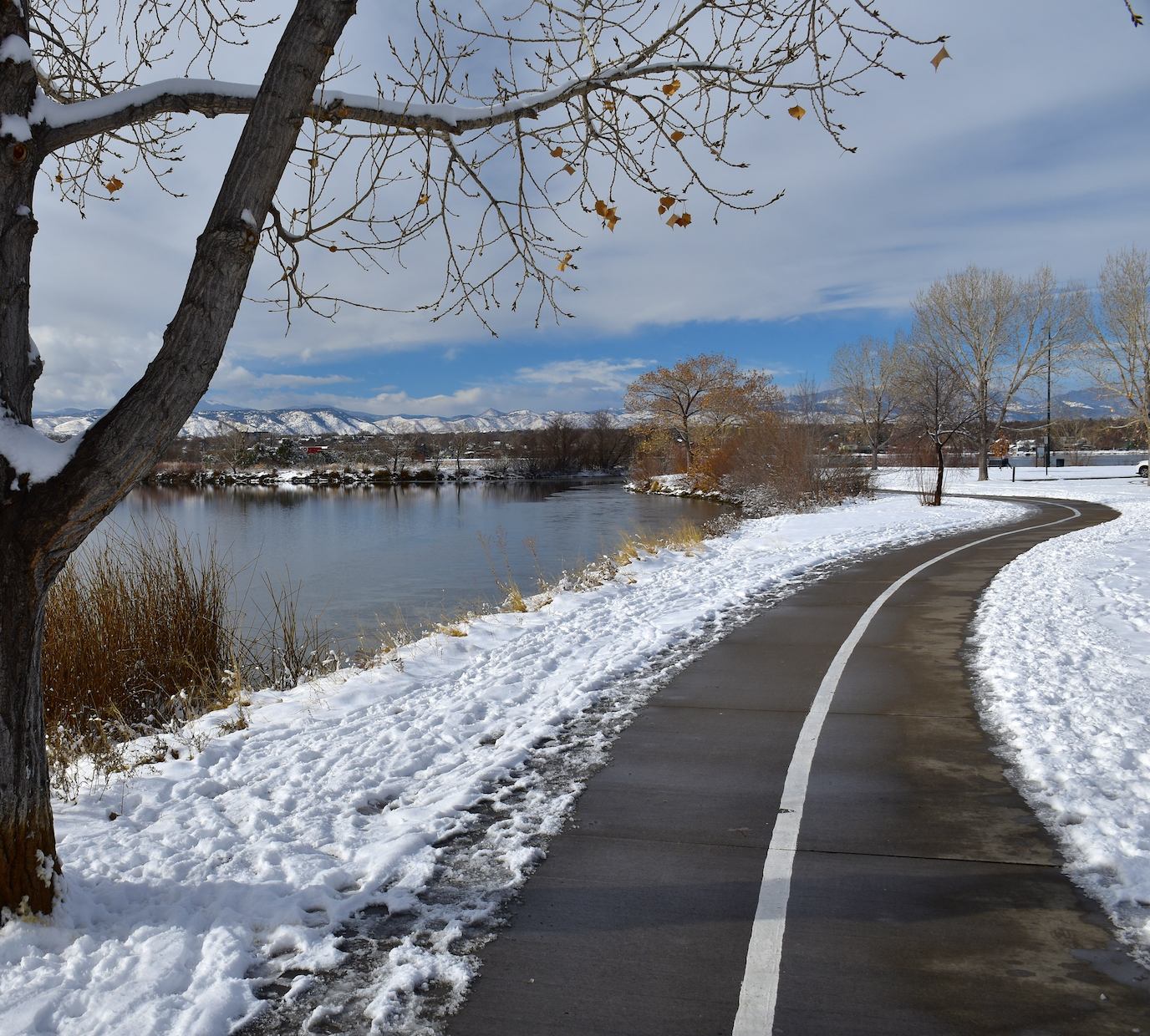The temperatures are dropping, meaning many of us are starting to look forward to winter sports. While a lot of people are eager to start skiing or snowboarding, you may want to rethink rushing into hitting the slopes.
Activities like skiing require a high level of strength, balance, flexibility, and endurance. Therefore, just like any sport, proper conditioning is paramount to avoid injury. Even the experts need to implement the right training and prep before the start of the season. This article will review some tips and tricks to prep your body for the slopes and prevent injury.
Building strength
Ever had your first ski of the season and been too sore to function the next day? It’s a feeling many are all too familiar with. Skiing engages several muscles throughout the body, including the quadriceps, hamstrings, calves, core, and glutes. Thus, it’s important to strengthen these muscle groups to maintain stability while skiing.
To help build strength year-round, consider implementing the following exercises into your routine:
- Squats and lunges
- Planks and side planks
- Glut bridges
- Step-ups
For maximum results, try to integrate strength training into your routine two or three times a week throughout the year. This can help to avoid injuries like ACL tears, which tend to require surgery and reconstruction like in this video.
Improving balance and coordination
Uneven terrain and changing snow conditions means proper balance is of utmost importance while skiing. Additionally, being able to quickly react and adjust your body’s positioning are skills that can make all the difference in avoiding falls.
There are a couple of different drills you can incorporate into your training to help improve your balance and coordination. You can start simple with single-leg stands, where you balance on one leg for up to a minute. If this seems too easy, try doing so with your eyes closed or while on an unstable surface.
Additionally, many people underestimate the benefits of low-impact exercises like yoga and pilates. These activities can be great for bettering your balance and increasing body awareness.
Increasing flexibility and mobility
Maybe you have good balance and coordination, but this is nothing without also having good flexibility and range of motion. Tight muscles make it difficult to move and control your skis. Thus, any type of regular stretching can do wonders for prepping your body to ski. With skiing in particular, you’ll want to focus on the hamstrings, quads, calves, and hips.
Stretching has additional benefits outside of just flexibility and mobility. It can also help minimize soreness after a day out on the slopes, making it easier to recover.
Recovering from ski injuries
If you prepare properly for the ski season, you can greatly minimize your risk of injury. However, injuries can still happen, requiring support from a medical professional.
If you’ve gotten hurt from skiing, the orthopedic team at Orthopedic Associates can assist. Dr. Frank Wydra, for example, has specialized in orthopedic sports medicine and has interests in shoulder, hip, and knee arthroscopies that may be needed after a ski injury. Additionally, Dr. Ryan J. Caufield specializes in fractures and general orthopedics and can be another great resource on your road to recovery.



